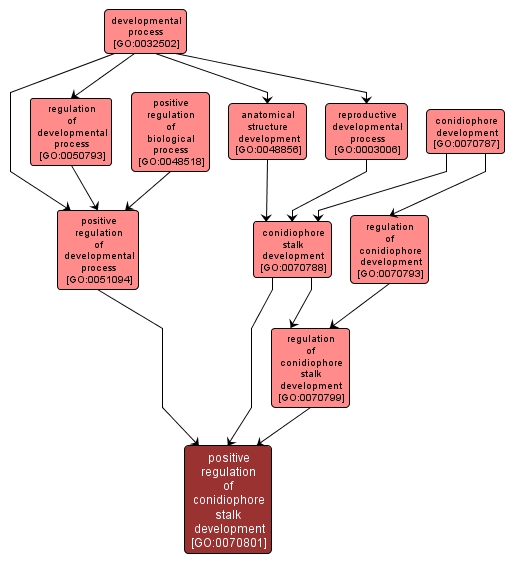| Desc: |
Any process that activates or increases the frequency, rate or extent of conidiophore stalk development, a process that leads to the formation of a conidiophore stalk. The conidiophore stalk is part of a specialized hypha that extends aerially from the growth substrate and supports structures from which conidia, or asexual spores, develop. |














